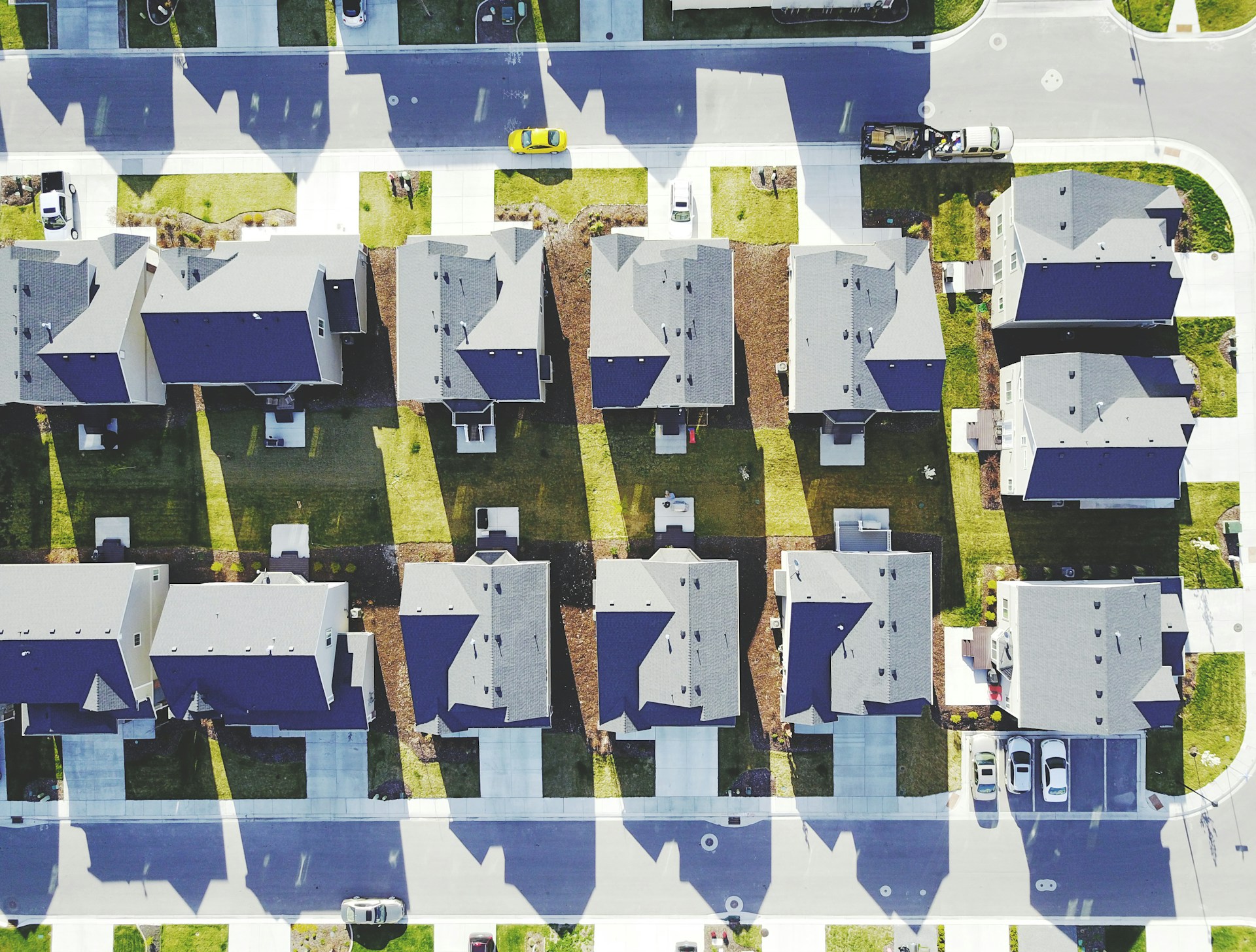What is Low-Income Housing?
The low-income housing scheme is designed typically for low-income group families to have them buy affordable housing within their means.
Such schemes are normally developed and managed by government agencies or collaboration between the government or NGOs and private developers.
It is a critical component of urban development, for providing affordable shelter to families with limited financial resources. In India, providing low-income housing is a unique challenge due to population growth.
Features of Low-Income Housing:
1. Low-Income Housing Should Be Affordable
Affordability is the main feature, as these units will be specifically for low-income groups, therefore their prices must be below the market prices, thus it can be afforded by underprivileged families.
2. Government Subsidies
Under such a low-income housing scheme, the government provides subsidies and financial support to the low-income group for them to buy these units.
The subsidies can be provided in the form of grants, tax relaxations, reduced interest rates on housing loans, and many other means.
3. Low-Income Housing Includes Basic Amenities
These units include basic amenities including electricity, water supply, access to roads and transportation, sanitation facilities, etc.
These amenities should be sufficient enough to meet the basic needs.
4. They Include Infrastructure For Community
Building such infrastructures contributes towards the overall well-being of the residents, these infrastructure should include schools, parks, markets, hospitals, etc.
5. Low-Cost Sustainable Designs
Sustainable designs are needed to not only address the environmental factors but also cost factors.
These schemes should include such principles of sustainable designs to achieve the required goal.
6. Location of the Low-Income Housing Project
Such projects are usually found in the outskirts of the cities. Commute costs for employment increase but due to the lower cost of the land, these units are affordable.
7. Ownership Rights
The residents of the low-income housing scheme are provided with security through giving ownership rights.
Through legal means such as lease agreements, a sense of security is provided to the residents against arbitrary eviction.
Challenges and Opportunities:
There are several challenges to the low-income housing projects in India including but not limited to funding constraints, bureaucratic hurdles, land availability, and much more.
This, however, also provides opportunities for innovations and collaboration between government and private developers.
Such collaborations can address the challenges and can provide sustainable solutions to the low-income group.
Conclusion
Low-income housing is critical in meeting the housing requirements of lower-income groups in India.
Authorities should collaborate and come up with low-income housing policies and perspectives that provide innovative techniques to bring out a feasible low-income housing solution for the low-income group community.
This helps in alleviating poverty and promoting social inclusion by providing cheap homes, basic amenities, and community infrastructure.
Overview of the Low-Income Housing Case Study in India
This study provides insight into the preferences of the “urban poor” for housing.
This study provides some interesting and revealing facts pertaining to urban poor housing expectations.
This study is based on the socioeconomic data from three Indian cities.
The main characteristic of these cities is that over 13% of all of its urban population comes under the “urban poor” category.
More than half of the urban poor population is willing to travel in excess of 45 minutes to their respective workplaces and more than 60% of them don’t want a separate kitchen in their homes.
The study concludes that with the right housing location identification in fringe areas of cities, better design of homes according to the urban poor’s expectations.
And by the creation of financial products tailor-made to their earning pattern, a mass market can be unlocked at the bottom of the economic pyramid for urban poor housing.
With such targeted interventions, India can create and sustain more inclusive urban economic growth.

